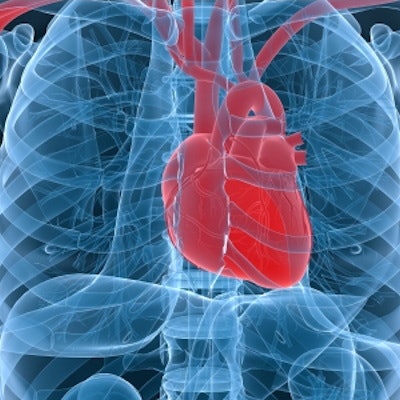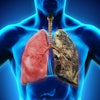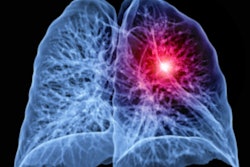
A deep-learning algorithm can utilize low-dose CT (LDCT) lung cancer screening exams to predict a patient's risk of mortality from cardiovascular disease (CVD), according to research published online May 20 in Nature Communications.
After training a CVD risk prediction model using over 30,000 LDCT exams, researchers from the Rensselaer Polytechnic Institute (RPI) in Troy, NY, and Massachusetts General Hospital found that their algorithm achieved a high level of accuracy on two independent test sets.
"Given the increasing utilization of [low-dose CT]-based lung cancer screening, shared risk factors, and high prevalence of CVD in these at-risk patients, the potential of obtaining a quantitative and reliable CVD risk score by analyzing the same scans may benefit a large patient population," wrote the authors, led by Hanqing Chao of RPI.
The researchers used 30,286 LDCT exams from the National Lung Screening Trial (NLST) to develop an end-to-end neural network that provides CVD screening and quantifies CVD mortality risk scores directly from chest LDCT exams.
"Specifically, our approach focuses on the cardiac region in a chest LDCT scan and makes predictions based on the automatically learned comprehensive features of CVDs and mortality risks," they wrote.
After a convolutional neural network (CNN) isolates the heart region on LDCT exams, a second 3D CNN -- called Tri2D-Net -- then extracts CVD features from the images and screens for CVD. The classifier's predicted probability of CVD is used as a quantified CVD mortality risk score, according to the researchers.
The researchers assessed the performance of the algorithm on two independent datasets: a NLST test set of 2,085 patients and a set of 335 patients from MGH who had received CT lung cancer screening between 2015 and 2020.
| AI algorithm's performance on independent test sets | ||
| NLST test set (AUC) | MGH test set (AUC) | |
| CVD screening | 0.871 | 0.924 |
| CVD mortality prediction | 0.768 | n/a |
The model also outperformed three other previously reported methods -- KAMP-Net, Auto-encoder, and DeepCAC. These results showed that Tri2D-Net can differentiate high-risk subjects from low-risk subjects, according to the researchers.
In an additional experiment on the NLST test dataset, the algorithm's performance for classifying risk groups was comparable to average coronary artery calcium (CAC) scoring results derived from clinical reading of dedicated cardiac CT exams by three radiologists. The model would have the added benefit of reducing inter- and intraobserver variability in quantifying CAC, according to the researchers.
"The model can also automatically categorize CVD risks so that radiologists can focus on other tasks such as lung nodule detection, measurement, stability assessment, classification (based on nodule attenuation), and other incidental findings in the chest and upper abdomen," they wrote.
The algorithm's performance implies that additional electrocardiogram (ECG)-gated CAC scoring and other laboratory tests could be avoidable, according to the researchers.
"Our deep learning model may thus help reduce the cost and radiation dose in the workup of at-risk patients for CVD with quantitative information from a single LDCT exam," the authors wrote. "Given the technical challenges associated with the quantification of CAC from LDCT for lung cancer screening versus ECG-gated [cardiac] CT, our study indicates a significant development in establishing a CVD-related risk nomogram with LDCT."
They also noted that heat maps generated via gradient-weighted class activation mapping help users to interpret Tri2D-Net's prediction results.
"The ability to capture various features in addition to CAC makes our model superior to the existing CAC scoring models for CVD screening and CVD mortality quantification," Chao and colleagues concluded.




















